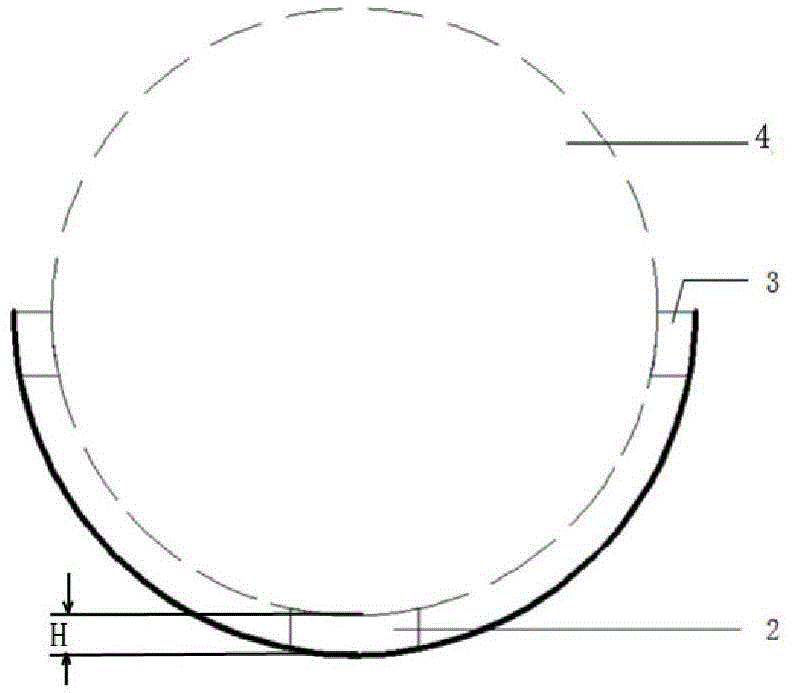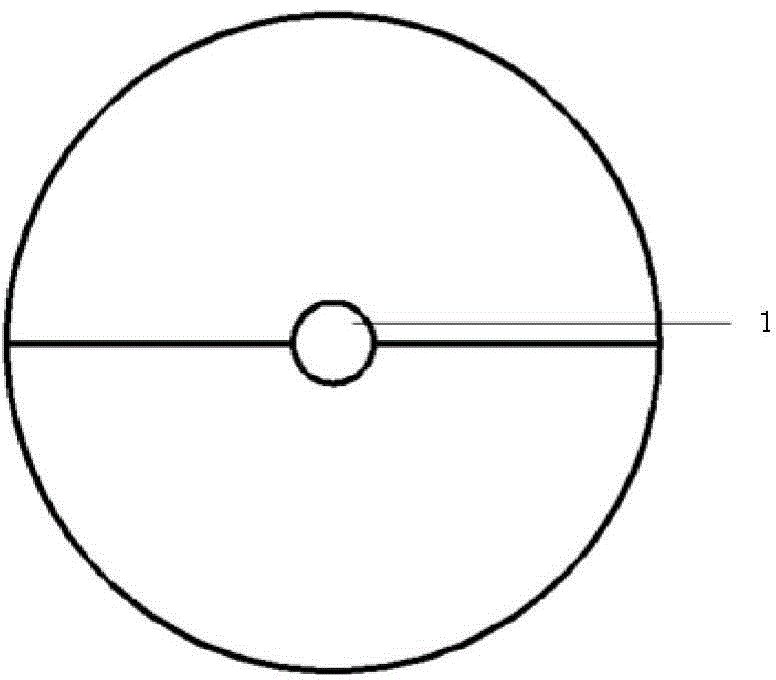A method of culturing pearls by using pearl nucleuses with tissue engineering scaffolds
A tissue engineering scaffold and bead core technology, applied in the field of nucleated pearl culture, can solve the problems of pearl shape, uneven color, low cell volume, cell-free area, etc., to avoid high technical and equipment requirements and easy operation. Effect
- Summary
- Abstract
- Description
- Claims
- Application Information
AI Technical Summary
Problems solved by technology
Method used
Image
Examples
Embodiment 1
[0039] 1. Autoclave the polished pearl nuclei, put them into 0.01wt% polylysine solution, shake and soak for 30 minutes, take them out, and dry them under aseptic conditions.
[0040] 2. Preparation of clam serum: extract blood from the blood sinus of Pinctada martensii, centrifuge at 2000r / min for 10 minutes, take the supernatant, put it in a 56°C water bath for 30 minutes, and then pass the obtained serum through 0.2μm Filtered with a membrane filter, prepared with PBS to a concentration of 10vol%, and stored at 4°C for later use.
[0041] 3. Preparation of bead-core tissue engineering scaffold layer mold: Mold Ⅰ is composed of two hollow hemispheres with the same structure, and when used, the two hemispheres are closed to form a complete sphere. On the inner surface of each hemisphere, there are 3 strip-shaped protrusions (hereinafter referred to as ribs) arranged in the direction of the north and south poles (the location of the glue injection hole is the south pole, and t...
Embodiment 2
[0052] 1. Autoclave the polished pearl nuclei, put them into 0.1wt% polylysine solution, shake and soak for 10 minutes, take them out, and dry them under aseptic conditions.
[0053] 2. Preparation of clam serum: extract blood from the blood sinus of Pinctada martensii, centrifuge at 2000r / min for 10 minutes, take the supernatant, put it in a 56°C water bath for 30 minutes, and then pass the obtained serum through 0.2μm Filtered with a membrane filter, prepared with PBS to a concentration of 10vol%, and stored at 4°C for later use.
[0054] 3. Preparation of bead-core tissue engineering scaffold layer mold: Mold Ⅰ is composed of two hollow hemispheres, each hemisphere has three raised edges on the inner surface, the length of the edges is slightly shorter than the circumference of the hemisphere, and two of the edges are located at On the edge of the hemisphere, the other edge is located in the middle of the hemisphere, the middle edge is arranged in parallel with the edge edg...
Embodiment 3
[0065] 1. Autoclave the polished pearl nuclei, put them into 0.1wt% mouse-derived type I collagen solution, shake and soak for 30 minutes, take them out, and dry them under aseptic conditions.
[0066] 2. Preparation of clam serum: extract blood from the blood sinus of Pinctada martensii, centrifuge at 2000r / min for 10 minutes, take the supernatant, put it in a 56°C water bath for 30 minutes, and then pass the obtained serum through 0.2μm Filtered with a membrane filter, prepared with PBS to a concentration of 10vol%, and stored at 4°C for later use.
[0067] 3. Preparation of bead-core tissue engineering scaffold layer mold: Mold Ⅰ is composed of two hollow hemispheres, each hemisphere has three raised edges on the inner surface, the length of the edges is slightly shorter than the circumference of the hemisphere, and two of the edges are located at On the edge of the hemisphere, the other edge is located in the middle of the hemisphere, the middle edge is arranged parallel t...
PUM
 Login to View More
Login to View More Abstract
Description
Claims
Application Information
 Login to View More
Login to View More - R&D
- Intellectual Property
- Life Sciences
- Materials
- Tech Scout
- Unparalleled Data Quality
- Higher Quality Content
- 60% Fewer Hallucinations
Browse by: Latest US Patents, China's latest patents, Technical Efficacy Thesaurus, Application Domain, Technology Topic, Popular Technical Reports.
© 2025 PatSnap. All rights reserved.Legal|Privacy policy|Modern Slavery Act Transparency Statement|Sitemap|About US| Contact US: help@patsnap.com



